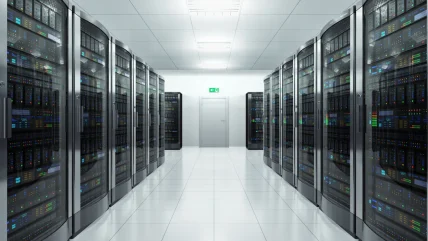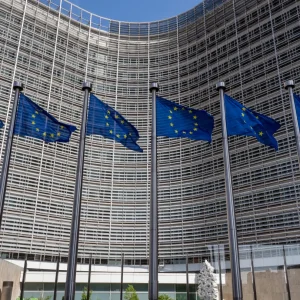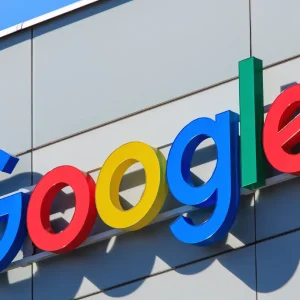
Microsoft, BlackRock, Global Infrastructure Partners (GIP) and MGX have launched the Global AI Infrastructure Investment Partnership (GAIIP), a fund aimed at initially investing $30bn of private equity capital in artificial intelligence (AI) infrastructure. The new investment vehicle will focus on expanding data centres and developing new energy sources to support the growing demand for computing power.
Overall, the partnership plans to mobilise up to $100bn in investments, including debt financing. This commitment will primarily target infrastructure development in the US, with additional investments directed towards US partner countries.
GAIIP aims to foster an open architecture and a broad ecosystem, granting non-exclusive access to a diverse range of partners and companies.
“The capital spending needed for AI infrastructure and the new energy to power it goes beyond what any single company or government can finance,” said Microsoft vice chairman and president Brad Smith. “This financial partnership will not only help advance technology, but enhance national competitiveness, security, and economic prosperity.”
A multi-corporate investment coalition
Nvidia is expected to contribute its expertise in AI data centres and factories to support the initiative. GAIIP will also collaborate with other industry leaders to bolster AI supply chains and energy sourcing.
As AI models, particularly those employed for deep learning and large-scale data processing, the demand for significant computational power has surged. This in turn leads to increased energy consumption.
To meet these computing needs, tech companies are clustering thousands of chips to achieve the required data processing capabilities, resulting in a heightened demand for specialised data centres.
The International Energy Agency has projected that electricity consumption by data centres, AI, and the cryptocurrency sector could double by 2026. According to its report, data centres are major contributors to growing electricity demand in various regions.
After consuming an estimated 460 terawatt-hours (TWh) globally in 2022, their total electricity use could exceed 1,000 TWh by 2026.
Addressing this surge will necessitate updated regulations and technological advancements, especially in efficiency, said the International Energy Agency.
In May this year, Microsoft committed to supporting renewable electricity projects through a global framework agreement with Canada’s Brookfield Asset Management and Brookfield Renewable.
This partnership aimed to align with Microsoft’s goal of sourcing 100% of its electricity from zero-carbon energy by 2030.
Earlier this month, a report by Morgan Stanley estimated that the global data centre industry would emit 2.5bn metric tons of carbon dioxide-equivalent (CO2e) emissions by 2030. This higher amount is primarily driven by the expansion of energy-intensive data centres by companies, including Microsoft, Alphabet’s Google, Meta, and Amazon.
Despite their pledges to reduce emissions by 2030, Morgan Stanley’s report indicated that significant challenges remain in achieving these goals.






